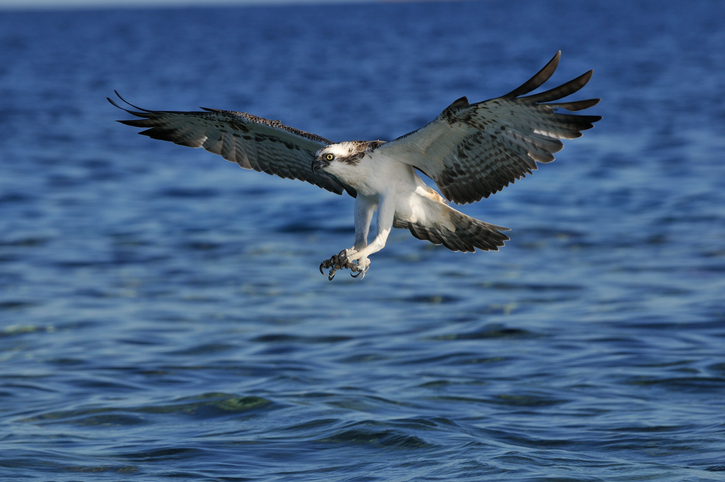
Oct 15, 2018 | Birds, News, Wildlife Monitoring
During 1995 – 2011 we marked 28 adult Ospreys in NE-Germany with satellite tags working up to eight years. All except three males wintered in West Africa. The migratory paths followed while in Europe seemed much straighter and more directional compared to the...
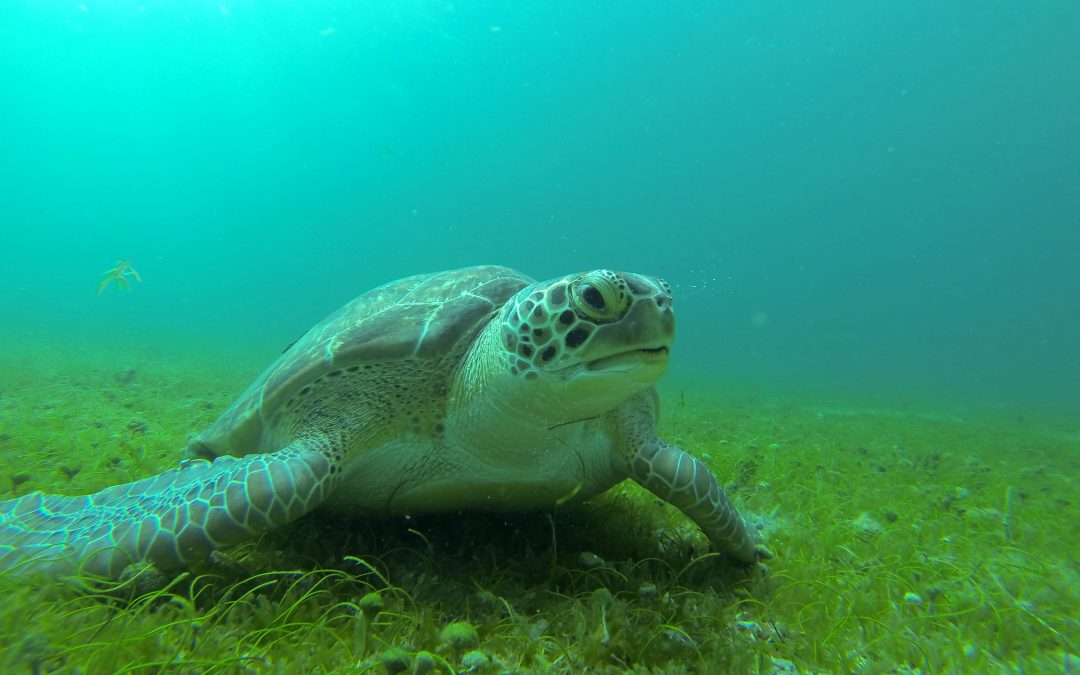
Oct 9, 2018 | Marine Animals, News, Wildlife Monitoring
At the European User Conference on Argos Wildlife, Philippine Chambault of IFREMER presents this fascinating project of the French Research agency IPHC-CNRS. Although it is commonly assumed that female sea turtles always return to the beach they hatched, the pathways...
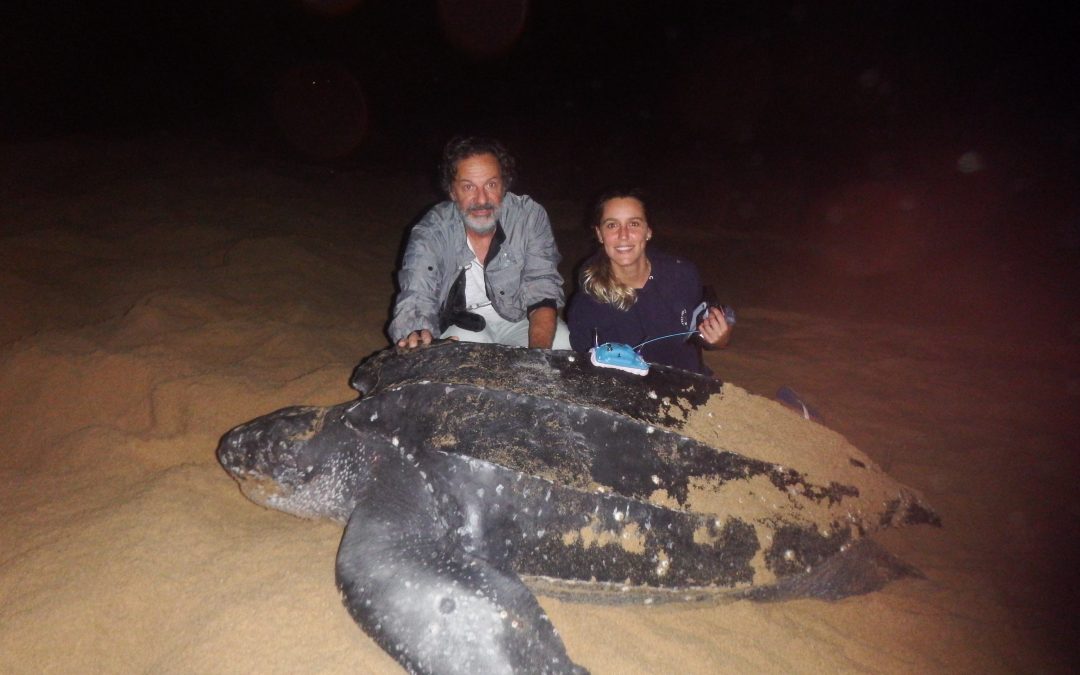
Oct 4, 2018 | Marine Animals, News, Wildlife Monitoring
Brendan Godley, of University of Exeter has been tracking turtles using the ARGOS system for 20 years and has been involved in collaborative projects that have tagged over 500 hundred animals across the world. This has led to fundamental and applied insights for the...

Oct 3, 2018 | Marine Animals, News, Wildlife Monitoring
There is little known for cetacean species such as pygmy blue whales, but they are at the forefront of protection policies around the world. The distribution of those whales around New Zealand are studied using Argos PTTs and goniometer. There are two subspecies of...
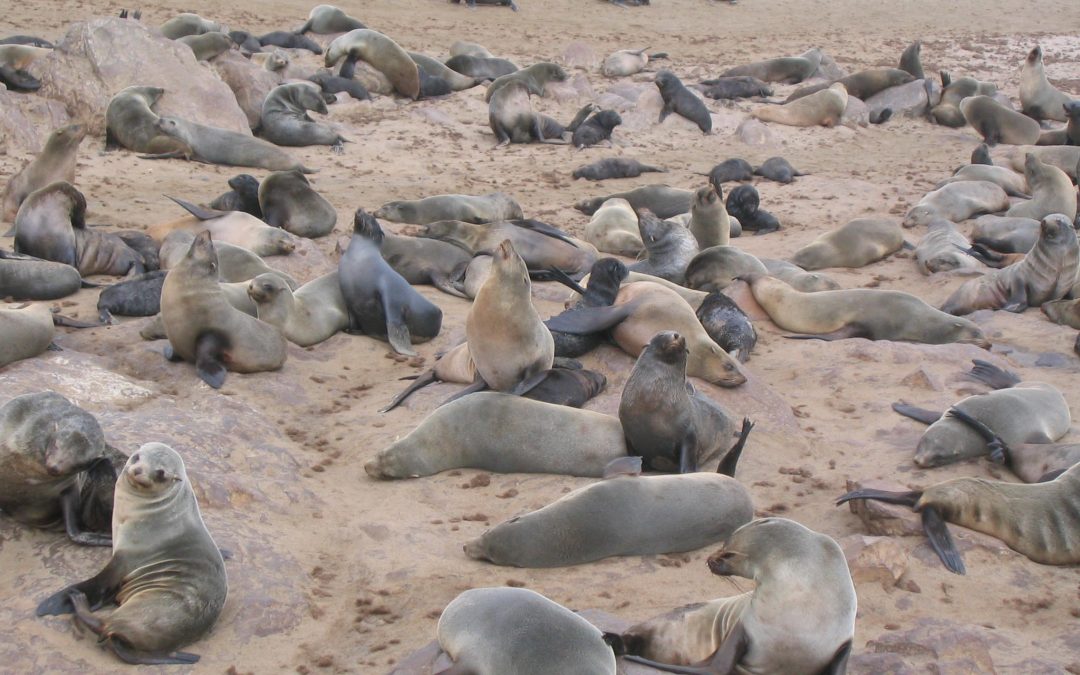
Oct 1, 2018 | Marine Animals, News, Wildlife Monitoring
Southern Ocean predators tend to lead cryptic lives, which in many cases are spent mostly at sea. This makes their foraging behaviour inherently difficult to study. Furthermore, numerous species are threatened through direct human conflict (such as fisheries related...
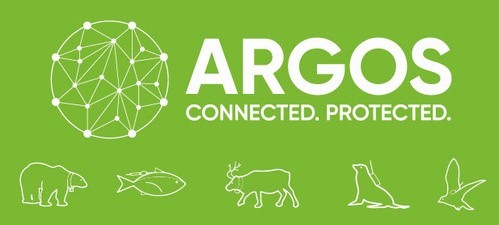
Oct 1, 2018 | News, Wildlife Monitoring
The European User Conference on Argos Wildlife will be held in Toulouse, France, on November 21st & 22nd, 2018. All Argos users, manufacturers or potential users are welcome to attend this two-day workshop. When: November 21st & 22nd, 2018 Where: Toulouse,...







